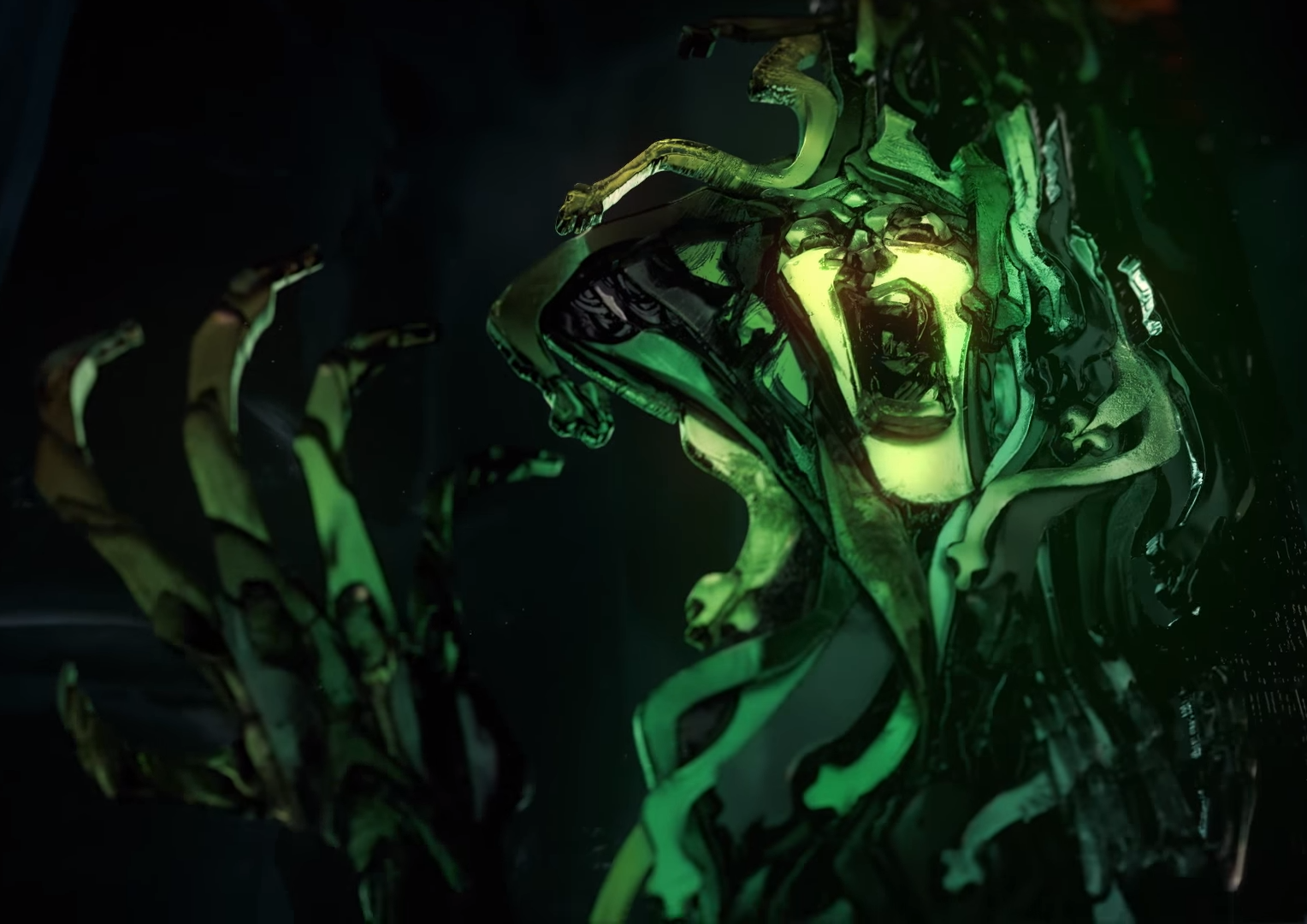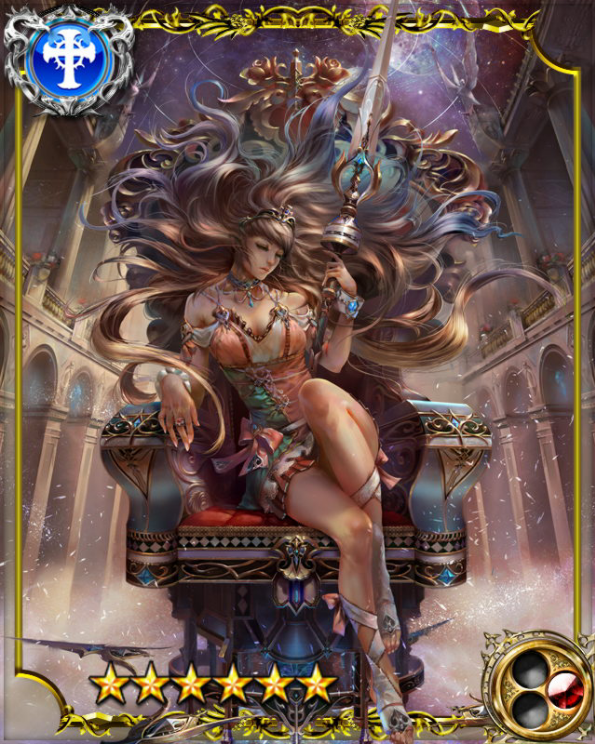

Now free of her husband’s watchful eye, Soreana’s real work could begin. Having guided the empire for centuries, they had finally managed to spread their influence into Shurima. Seemingly relieved, Soreana confided in her daughter that she belonged to a clandestine and secretive cabal, known by some as “the Black Rose”. When the general was recalled to Noxus to prepare for the long-awaited invasion of Ionia, he took Katarina with him, but Cassiopeia remained in Urzeris. While Soreana’s recovery took many months, the bond between them became stronger than ever before. Still little more than a child, Cassiopeia never left her mother’s bedside. General du Couteau was well versed in the ways of an assassin, and so he had all the household staff removed, leaving his wife and daughters alone in an empty house. One day, quite unexpectedly, Soreana collapsed in the family residence-her hairbrush had been laced with caustic venoms by an unknown hand, leaving her close to death. As she grew, Cassiopeia could not help but glimpse other, hidden concerns within Soreana, beyond those of the empire… Surrounded by strangers in an unfamiliar land, Cassiopeia remained close to her mother, learning much of politics, diplomacy, and subtle influence. From an early age, she displayed a keen mind and sharp wit, and while her sister Katarina flourished under their father’s tutelage, it was their mother Soreana in whose footsteps Cassiopeia would follow.Ī hero of Noxus’ expansion into Shurima, General Du Couteau eventually sent for his family, installing them close to the governor of the coastal city of Urzeris. The youngest child of General Du Couteau, Cassiopeia was born to a life of possibility and privilege among the Noxian noble houses. Cunning and agile, Cassiopeia now slithers under the veil of night, petrifying her enemies with her baleful gaze. There, she was bitten by a gruesome tomb guardian, whose venom transformed her into a viper-like predator. Youngest and most beautiful daughter of the noble Du Couteau family of Noxus, she ventured deep into the crypts beneath Shurima in search of ancient power. This photo is possibly the most detailed image that has ever been taken of IC 63, and it beautifully showcases Hubble's capabilities.Cassiopeia is a deadly creature bent on manipulating others to her will. Though it is high in the sky and visible all year round from Europe, it is very dim, so observing it requires a fairly large telescope and dark skies.įrom above Earth's atmosphere, Hubble gives us a view that we cannot hope to see with our eyes. This region is best seen from the Northern Hemisphere during autumn and winter.
Cassiopeia wikipedia full#
It is part of a much larger nebulous region surrounding Gamma Cassiopeiae that measures approximately two degrees on the sky - roughly four times as wide as the full Moon. However, IC 63 is not the only object under the influence of the mighty star. This colourful and ghostly nebula is slowly dissipating under the influence of ultraviolet radiation from Gamma Cassiopeiae. This is light from Gamma Cassiopeiae that has been reflected by dust particles in the nebula, meaning that IC 63 is also a reflection nebula.

This hydrogen-alpha radiation makes IC 63 an emission nebula, but we also see blue light in this image. The hydrogen within IC 63 is being bombarded with ultraviolet radiation from Gamma Cassiopeiae, causing its electrons to gain energy which they later release as hydrogen-alpha radiation - visible in red in this image. The colours in the eerie nebula showcase how the nebula is affected by the powerful radiation from the distant star. IC 63 is visible in this image taken by the NASA/ESA Hubble Space Telescope. The radiation of Gamma Cassiopeiae is so powerful that it even affects IC 63, sometimes nicknamed the Ghost Nebula, that lies several light years away from the star. This mass loss is related to the observed brightness variations. The fast rotation causes eruptions of mass from the star into a surrounding disk. This frenzied rotation gives it a squashed appearance. It also rotates at the incredible speed of 1.6 million kilometres per hour - more than 200 times faster than our parent star. This star is 19 times more massive and 65,000 times brighter than our Sun. The remarkable Gamma Cassiopeiae is a blue-white subgiant that is surrounded by a gaseous disc. The central point of the W is marked by a dramatic star named Gamma Cassiopeiae. The constellation of Cassiopeia (constellation)], named after a vain queen in Greek mythology, forms the easily recognisable "W" shape in the night sky.


 0 kommentar(er)
0 kommentar(er)
